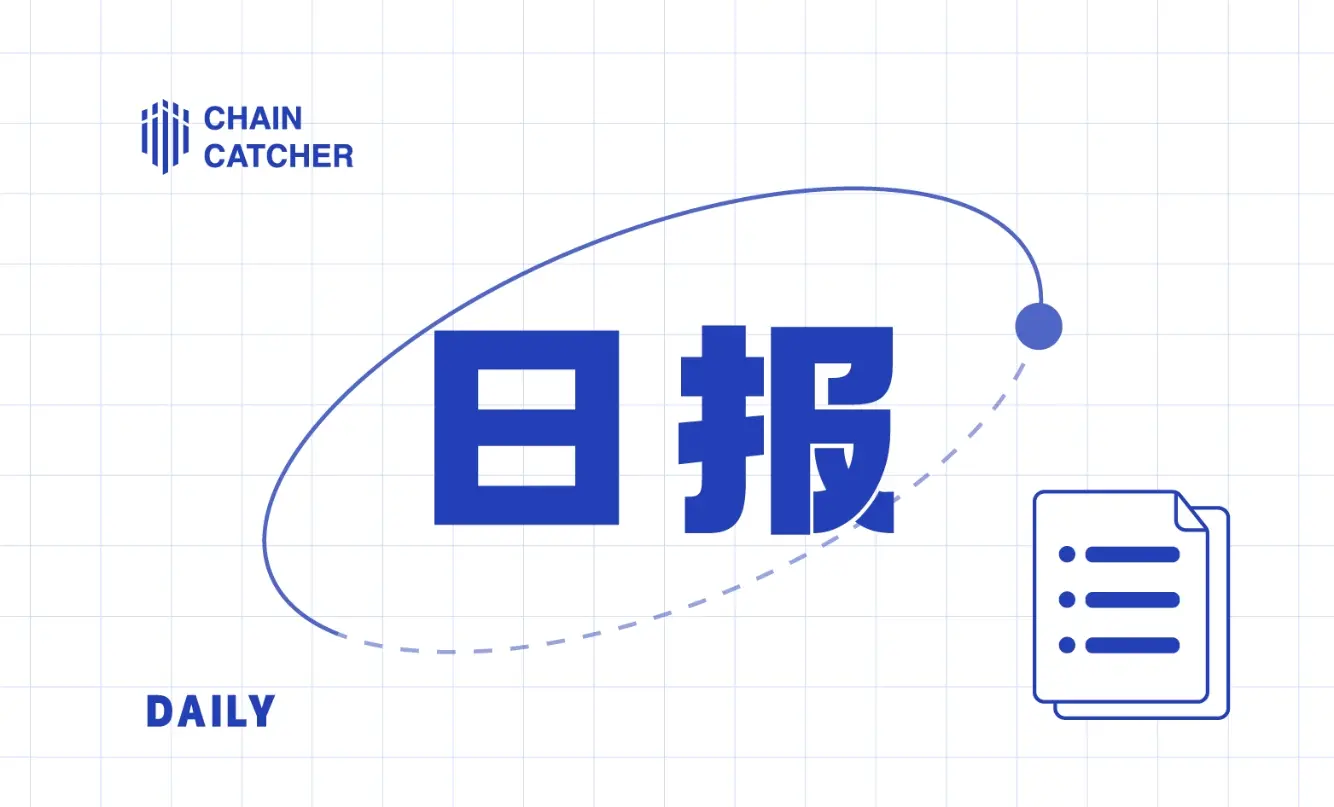Dialogue Multicoin: Layer 2 cannot scale Ethereum, optimistic about Filecoin
Speech: Kyle Samani, Tushar Jain, both partners at Multicoin Capital
Compiled by: Deep Tide
In the latest episode of the podcast Empire, the two founding partners of Multicoin, [Kyle Samani](https://www.rootdata.com/zh/member/detail/Kyle Samani?k=MTI5NjI=) and [Tushar Jain](https://www.rootdata.com/zh/member/detail/Tushar Jain?k=MTEwNDk=), were invited.
In the podcast, they discussed the collaboration between MultiCoin and FTX, as well as their latest views on Solana, stating that they do not believe Solana is entirely dependent on FTX.
MultiCoin is very interested in the intersection of artificial intelligence and cryptocurrency, believing there are three major opportunities, including providing token incentives for human feedback in reinforcement learning.
Additionally, MultiCoin remains skeptical about the mainstream narrative of Layer 2 scaling for Ethereum, citing limitations in inheriting L1 security and the importance of speed and time sensitivity. Finally, MultiCoin expressed optimism about Filecoin.
Below are detailed notes from the podcast, jointly compiled by TechFlow Deep Tide and ChatGPT.
The Relationship Between Multicoin and FTX, SBF
- Multicoin did not invest in the seed round of FTX but later invested in other rounds and FTX US, as well as in Serum ($SRM).
- MultiCoin truly realized the issues during the Lisbon Breakpoint conference, where they held a positive view of FTX and its CEO Sam Bankman-Fried, believing there were mismatches in timelines or that capital was tied up in margin positions, without suspecting any fraud or bankruptcy issues. Kyle criticized the lack of transparency and governance controls within FTX, which led to the fraud occurring, suggesting that exchanges should operate more like DeFi protocols with real-time transparency to prevent similar incidents in the future.
- The bankruptcy trustee is working to liquidate assets and repay creditors; however, there is still uncertainty about whether funds withdrawn before the bankruptcy will be clawed back. So far, lawyers have taken $30 million from the estate.
- The situation with FTX posed significant challenges for the Multicoin team, but they managed to retain employees and continue operations.
- Although some LPs were angry, most LPs understood and were oriented towards long-term investment, recognizing the associated risks of the fund.
Betting on Solana
- Multicoin stated that in hindsight, they could have managed their Solana positions better, but emphasized the importance of focusing on the long term rather than over-indexing based on cost basis.
- People believe FTX was the business development (BD) department for Solana, but Multicoin disagrees with this notion.
- FTX invested in various exchanges, core infrastructure, and NFT projects for its own interests, operating in different domains.
- According to Tushar, the BD of blockchain is overrated, and a bottom-up approach (hackathons, crypto-native teams, etc.) is more effective. He believes it is important to have teams that can maintain strength amid market fluctuations, rather than superficial large companies.
Multicoin's Investment Philosophy
- Kyle believes that a good investor should help entrepreneurs solve problems and formulate strategies, rather than just writing papers on blogs (milk writing). He thinks venture capital firms must keep an open mind and invest in strange new things, indicating their willingness to explore unconventional ideas.
- Tushar believes that if a company invests in every platform, they are essentially offering index products rather than excess returns; being contrarian and correct is crucial. Having larger funds makes it more challenging to achieve excess returns, but it also provides more opportunities and influence for projects.
- Tushar stated that the most valuable thing venture capitalists can do for entrepreneurs is to tell them when they are making mistakes on important matters. Additionally, entrepreneurs should evaluate venture capital firms based on their interactions with portfolio companies, rather than on hierarchical relationships.
The Intersection of AI and Cryptocurrency
- Kyle believes that the intersection of artificial intelligence and cryptocurrency could produce major winners. He identifies three meaningful areas at the intersection of AI and crypto: Airbnb for GPUs, reinforcement learning with token incentives, and the authenticity of digital assets.
(1) Repurposing GPUs from computers around the world for training and large-scale computing could be one way to address the GPU shortage from major cloud providers;
(2) Utilizing human feedback (RLHF) and token incentives could facilitate large-scale reinforcement learning in verticals such as medicine, law, and finance.
(3) The authenticity of digital assets can be used to verify unedited images and images generated using specific skills.
- Creating a good product that users love is crucial for success, rather than relying solely on marketing strategies like airdrops.
The DeFi Dilemma
- Tushar stated that DeFi is exciting, but the current challenge is that it is difficult to attract new users on a large scale.
- To increase DeFi adoption, more users need to pay on-chain fees, whether through payroll or other on-chain financial services, so the focus is on how to get more users to pay on-chain. Once a critical mass is reached, DeFi will become more interesting.
- Gaming can be a significant catalyst for people to earn money and join the blockchain, but investors recognize that it is challenging to predict which games will succeed.
Decentralized Sequencers and EVM
- Tushar believes that Coinbase's Base L2 is exciting, but there are concerns about regulation and centralized sequencers.
- Decentralized sequencers are technically challenging and may lead to engineering challenges similar to L1.
- Kyle stated that opposing Layer 2 as a solution to Ethereum's scaling issues is a premise; while L2 can reduce gas costs per transaction, they do not speed up transaction execution, thus not increasing TPS.
- He pointed out that the BNB chain highlights the limitations of increasing EVM gas limits without exceeding 500 TPS.
- In an L2-dominated ecosystem, L1 may be overvalued while L2 is undervalued, shifting MEV and dynamic gas execution to L2. He suggested that if the future is dominated by EVM L2s, then shorting L1s and going long on L2s could be a strategic move, despite valuation differences.
Limitations of Layer 2
- Kyle stated that in the early experimental high-risk projects in the crypto space, speed took precedence over security.
- Tushar believes the view that L2 inherits L1's security is overly broad; while L2 inherits certain types of security, such as double-spend protection, it does not inherit L1's censorship resistance, which is a significant issue for users concerned about censorship and transaction blocking.
- According to Tushar, the core value proposition of cryptocurrency is permissionless access, allowing anyone to use and verify the chain without permission.
- He believes that comparing the costs of Ethereum L1 and Solana L1 validators may not be the best comparison, as Ethereum's vision is to transact through L2, but the costs of setting up L2 validator nodes for Roll-Ups are significantly higher than for Solana, although this information is currently private.
- Multicoin has asset allocations in both Ethereum and Solana, with a higher allocation in Solana.
Optimistic About Filecoin
- Kyle believes that Filecoin has become a meaningful ecosystem comparable to Ethereum and Solana.
- The launch of the Filecoin Virtual Machine (FVM) introduced programmable payments for storage, retrieval, bandwidth, and computation, making Filecoin programmable.
- The native Filecoin retrieval market went live in January; although it is still in a game token testing mode, it will eventually enable real payments and exciting applications.
- When asked about the differences between Arweave and Filecoin, Kyle pointed out that MultiCoin considered the simplicity of Arweave in 2019 but now views Filecoin as a superset of Arweave, offering more options and configurability due to its parameterization capabilities, allowing developers to customize storage parameters such as the number of copies, unlike Arweave's single parameter.
- He believes that Filecoin and Arweave may coexist for a long time, but Filecoin offers greater flexibility and potential use cases due to its higher configurability.
BTC
- Tushar believes that Bitcoin's advantage over other L1 assets is its mental lead; early traditional investors viewed Bitcoin as a digital form of gold, but they now see Ethereum as being on par with it in terms of liquidity and recognition.
- He believes that other smart contract platforms, such as Solana, may join Bitcoin and Ethereum in the future, providing more utility and attracting more users.
- They suggest that young people entering the crypto space should follow their instincts and go against the tide, even if it means making mistakes and being publicly scrutinized at times.










